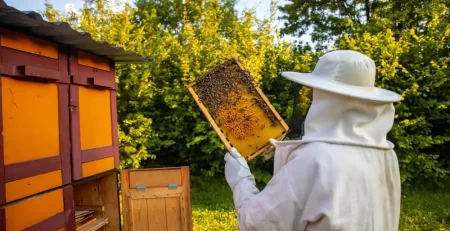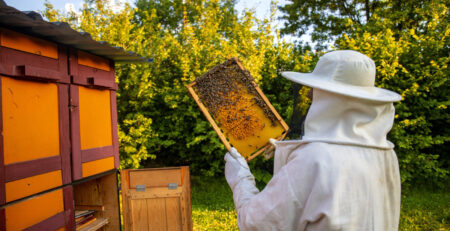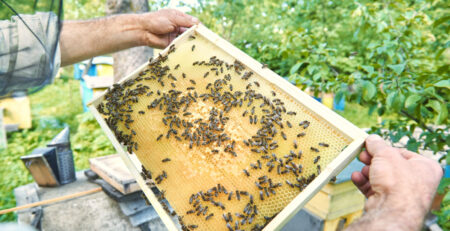Beekeeping Equipment
Beekeeping equipment plays a crucial role in the management of bee colonies, ensuring the well-being of both bees and beekeepers. This comprehensive summary will delve into various aspects of beekeeping equipment, covering protective gear, hive components, tools for hive management, and equipment for honey harvesting and processing.
Protective Gear
Protective gear is essential for beekeepers to safeguard themselves from bee stings while working with hives. It typically includes:
Beekeeping Suit: A full-body coverall made from breathable material such as cotton or polyester. It offers complete coverage and often includes a hat and veil to protect the head and face.
Gloves: Made from leather or synthetic materials, gloves cover the hands and wrists to prevent bee stings.
Footwear: Closed-toe shoes or boots protect the feet from bee stings.
Wearing light-colored clothing can help deter bees, and some beekeepers prefer gloves with ventilated sleeves for enhanced comfort during warm weather.
Hive Components
The beehive serves as the central structure where bees live and store honey. Common hive components include:
Langstroth Hive: Consisting of stacked boxes called supers, Langstroth hives hold frames where bees build honeycomb and store honey, pollen, and brood.
Frames: Removable structures within the hive that hold sheets of foundation wax or plastic, providing a framework for bees to build comb.
Foundation: Placed within frames to guide bees in building straight comb and provide structural support.
Hive Bodies: Boxes providing space for bees to live and work, typically made from wood or plastic.
Inner and Outer Covers: Insulate and protect the hive from weather elements, with inner covers featuring vents for airflow.
Bottom Boards: Serve as the base of the hive, providing stability and an entrance for bees.
Tools for Hive Management
Various tools aid beekeepers in managing colonies and performing hive inspections, including:
Hive Tool: Used for prying apart hive components, scraping propolis, and manipulating frames.
Smoker: Calms bees during inspections by disrupting communication and reducing defensive behavior.
Bee Brush: Gently removes bees from frames and hive components without harm.
Queen Excluders: Prevent the queen bee from laying eggs in honey supers.
Feeding Equipment: Supplements bees’ diet during scarcity or colony establishment.
Harvesting Equipment
Harvesting honey requires specialized equipment, such as:
Honey Extractors: Spin honey frames to extract honey without damaging comb or harming bees.
Uncapping Knives and Forks: Remove wax cappings from honeycomb before extraction.
Storage Containers: Store harvested honey in clean, sterile containers.
Conclusion
Beekeeping equipment encompasses a diverse range of tools and materials essential for bee colony management, honey harvesting, and processing. By investing in quality equipment and practicing proper hive management techniques, beekeepers can promote healthy bee populations and ensure a successful honey harvest.






